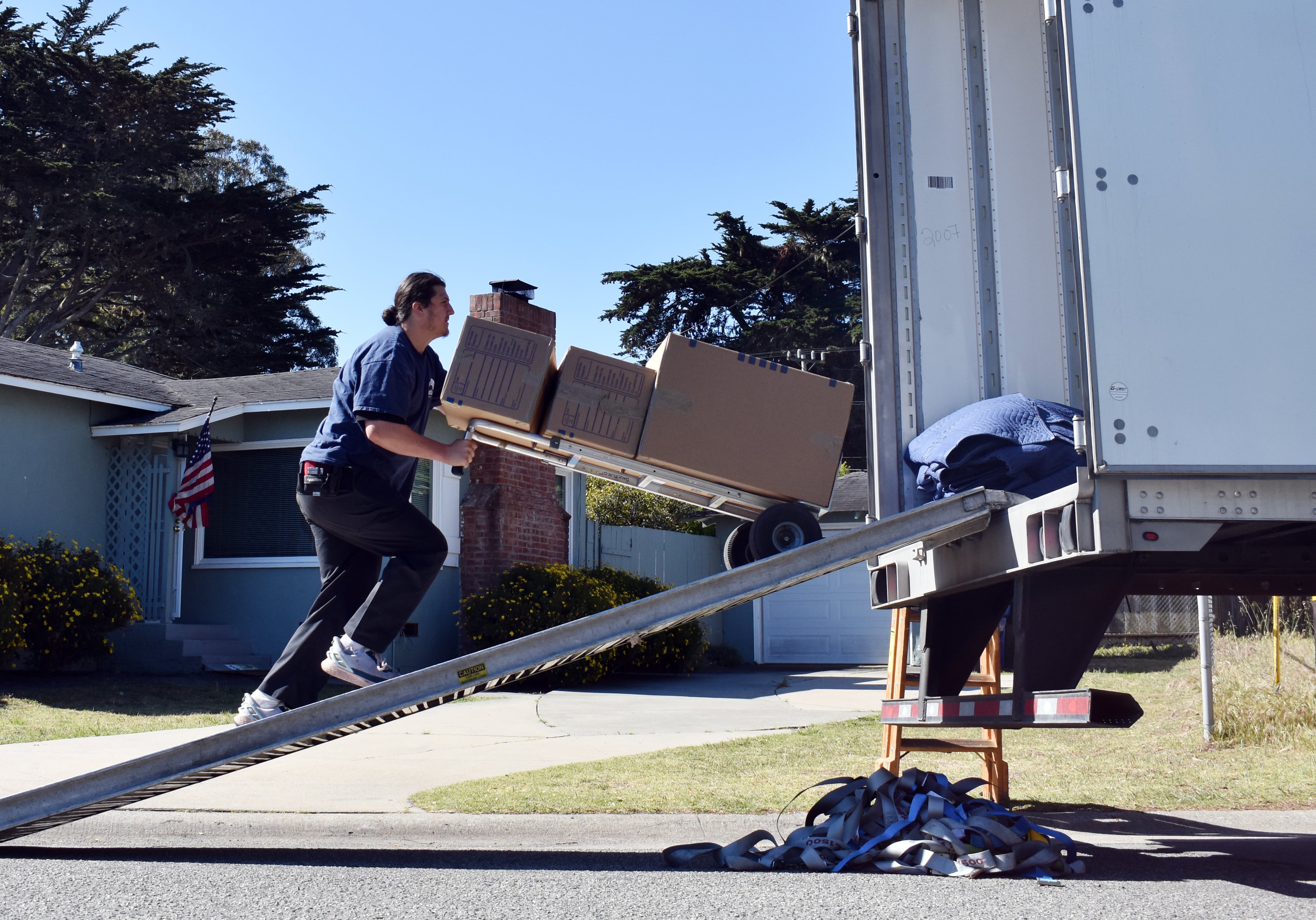It’s too early to know how the new coronavirus pandemic could impact ongoing Air Force efforts to decrease the pilot shortage, the head of Air Education and Training Command said Friday.
“Well, it’s not helping,” said AETC Commander Lt. Gen. Brad Webb, who acknowledged that the service’s undergraduate pilot training capacity has been reduced due to the spread of COVID-19.
Though the production of new pilots could suffer, there is a silver lining: Usually during times of crisis, the Air Force is able to retain a greater number of experienced pilots who might have retired and moved to the commercial sector, Webb said during the teleconference with reporters.
RELATED

“Whether it’s patriotism or [lack of] job opportunities, we tend to see those who may be getting out or those who have recently gotten out want to return to service inside our Air Force. I expect that we will see some of that to a degree, which will help mitigate that,” he said.
The COVID-19 pandemic has left the world economy in shambles, with the commercial airline industry in particular facing hardships as travel restrictions have led to a sharp decrease in the number of flights and passengers.
While commercial airlines were once a prime recruiter of former Air Force pilots — offering pay and perks the service cannot match — many companies such as JetBlue Airways and Southwest Airlines have instituted a hiring freeze, while others like American Airlines have offered leave-of-absence options to employees in an attempt to curb spending.
In March, Air Force officials told lawmakers that at the end of fiscal 2019 the service was short 2,100 pilots — 10 percent of the 21,000 pilots it needs to execute the National Defense Strategy. The service had expected to train 1,300 new pilots in fiscal 2020 — still lower than its original 1,480 pilot goal — but it remains to be seen whether it will be able to meet even that less ambitious objective.
Webb acknowledged that undergraduate pilot training efforts have been constrained in the hopes of containing the spread of COVID-19.
“Most of our flying training wings are employing a blue-silver teaming approach and have split into pods, meaning that we’re training in small groups of individuals, notably around seven or eight at a time,” he said. “Our commanders have implemented various screening, quarantine and isolation protocols to ensure mitigated risk for their teams. While it’s too early to know the full impacts of COVID-19 on our flying training pipeline, we know it will be impactful.”
This style of interaction is being used by the 82nd Training Wing at Sheppard Air Force Base, Texas, which has separated people into “cadres” of those who work most closely together.
Col. Kenyon Bell, installation commander and head of the 82nd, told Military.com that the construct allows the base to continue performing its mission while reducing exposure as much as possible. If one person in a cadre develops COVID-19 symptoms, all members of that group are immediately quarantined to reduce risk to others.
“The part that I think a lot of people have a hard time grappling with is, when we’re in a training environment, there are some cases that you just cannot physically stay 6 feet apart from each other and accomplish our mission,” Bell said.
Stephen Losey of Air Force Times contributed to this story.
Valerie Insinna is Defense News' air warfare reporter. She previously worked the Navy/congressional beats for Defense Daily, which followed almost three years as a staff writer for National Defense Magazine. Prior to that, she worked as an editorial assistant for the Tokyo Shimbun’s Washington bureau.





